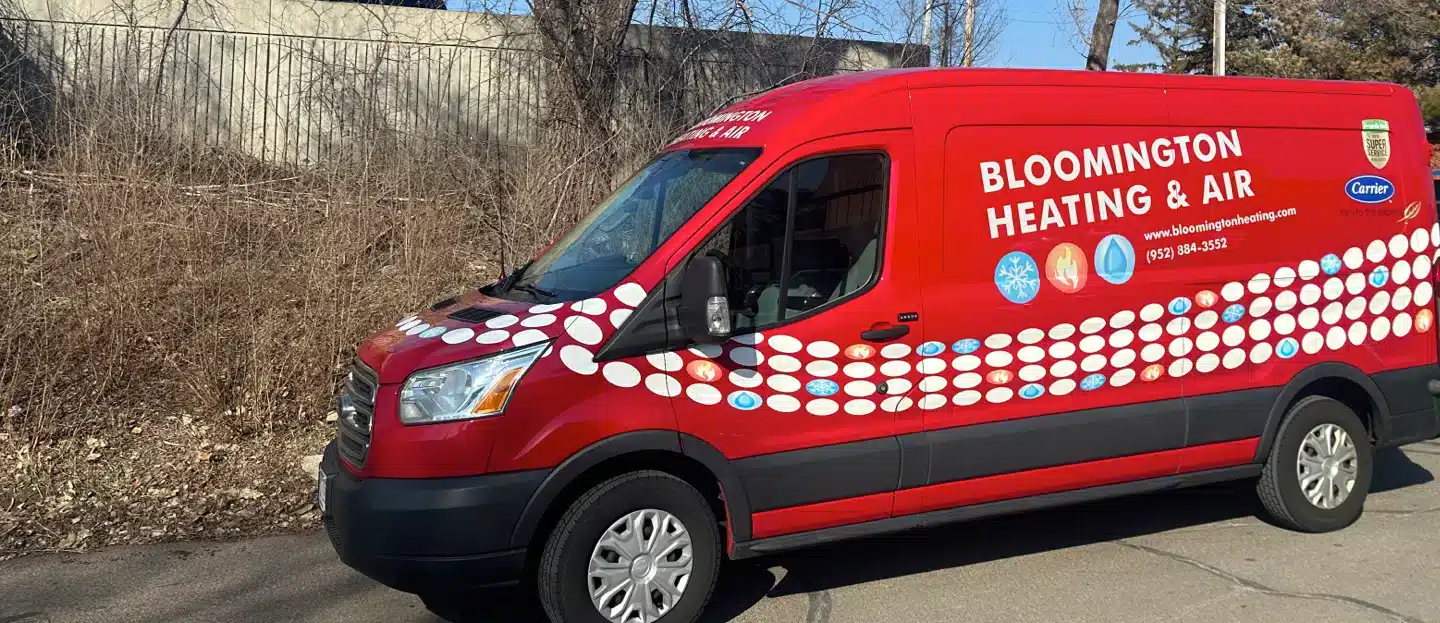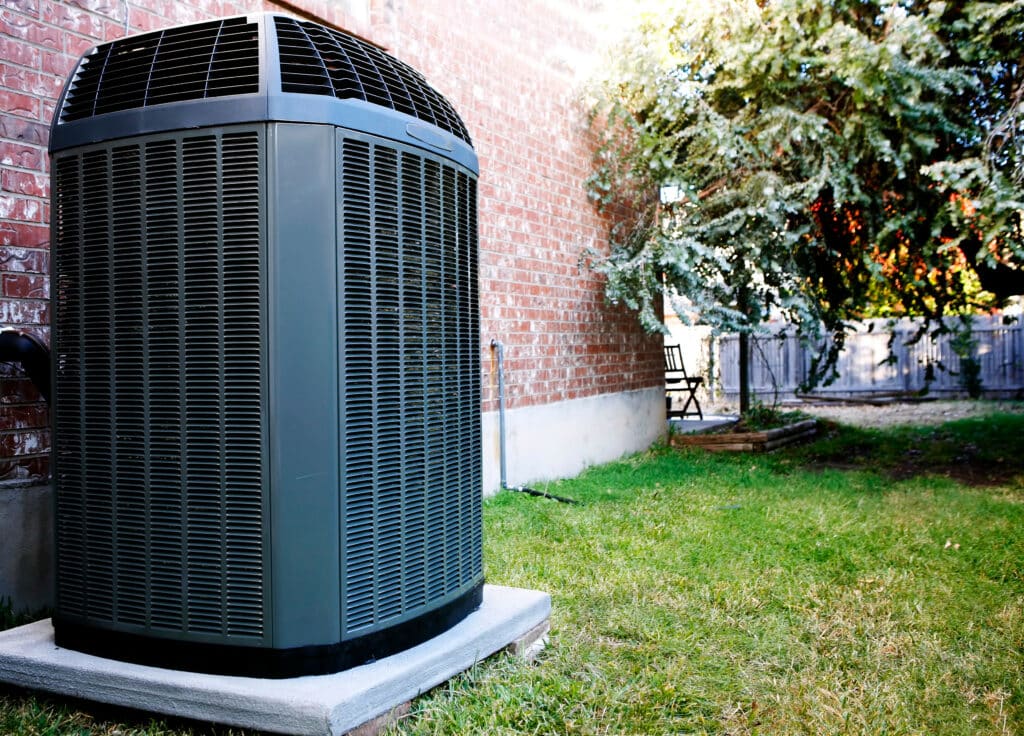
24/7 Emergency Phone Line
Family Owned & Operated
Licensed, Bonded & Insured
Think of your air conditioning system as a symphonic orchestra many different parts working together seamlessly to achieve the end result. When everything is running smoothly with your cooling system, you likely don’t notice the components inside this unassuming box allowing the system to provide your home with cool comfort. Yet, when you discover what components make up your air conditioner, you’ll find a maze of interconnected components. What are these components? How do they function? Here, our HVAC repair company discusses several important components of your AC unit and describes how each component functions in concert with the whole.
Bloomington Heating & Air is your local HVAC company offering comprehensive air conditioning services in Bloomington, MN, and the surrounding regions. Contact our HVAC technicians today to learn more about our air conditioning service and to request HVAC service for your system!
Evaporator Coil

In mini-split air conditioning systems, the evaporator coil is located in the indoor unit. In central air conditioning systems, the evaporator coil is located in the air handler. As the refrigerant flows through the system, it is cooled to a low temperature just before it enters the evaporator coils. When your system draws in warm air from your home, the air is blown over the cool evaporator coils, which extract the heat from the air and cool it down. Inner fans, located before the evaporator coils, blow the cool air back inside your home. Evaporator coils are usually made out of copper but may also be made of steel or aluminum. Copper is preferred, however, because of its superior thermal conductivity, and it is easy to work with and maintain.
Compressor
Among the most important components of any air conditioner is the compressor. The compressor is the workhorse of your air conditioning system. In central and split cooling systems, the compressor is located in the outdoor unit. Most of your air conditioner’s energy consumption comes from the compressor. Additionally, the compressor is typically the most expensive component in your HVAC system. As its name suggests, the compressor compresses the refrigerant, transforming it from a warm vapor to a compressed liquid. As the cooling process continues, the compressed fluid is cooled down and re-expanded to remove heat from the indoor air.
Circulating Fan
The circulating fans in your HVAC system run with the air conditioner and furnace. Circulating fans draw air in through the intake venture and out into your indoor spaces after it passes through the filter and evaporator coil. As you might assume, the circulating fan is a component that is used very frequently throughout each season of the year. This is especially true for homeowners who keep their fans set to “on” rather than “auto.” During your regularly scheduled maintenance visits, you can expect the circulating fan in your system to be checked, lubricated, and balanced, all of which can help extend the life of your fan.
Condenser Coil
An opposite component of the evaporator is the condenser coil. The condenser coil pulls heat from the refrigerant and blows it to the outside. This component is located in the outdoor unit of your air conditioner. The evaporator coil works in reverse of the condenser coil, using a fan to blow heat away. You will feel hot air blowing out if you stand outside near your outdoor air conditioner unit. This hot air is the heat the condenser expels while it changes the refrigerant from a hot vapor to a hot liquid.
Expansion Valve
The expansion valve is located between the condenser coil and the evaporator coil. When the refrigerant is liquid, it cannot absorb heat. The refrigerant expands into a has in the expansion valve after it faces a pressure drop and is rapidly cooled. This gaseous, cooled refrigerant enters the evaporation coils, repeating the air conditioning and cooling process. The expansion valve removes pressure from the liquid refrigerant, which allows it to change from a liquid to a vapor or gas in the evaporator. It also controls the amount of refrigerant/voltage flow that enters the evaporator.
